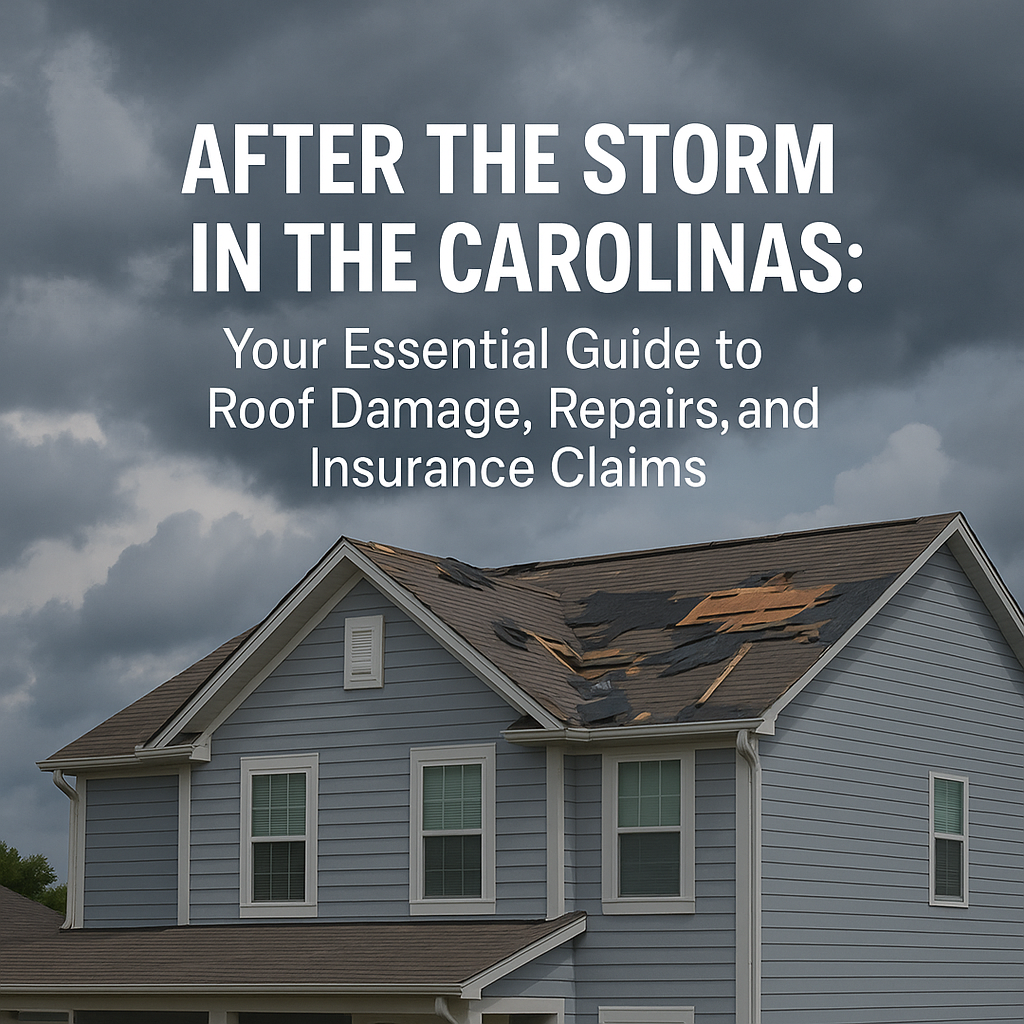Your roof is one of the most critical components of your home, protecting it from weather, debris, and other external factors. But like all aspects of a home, it has a finite lifespan. Knowing how often roofs are replaced and the factors influencing their longevity can help homeowners plan for maintenance and budget for future replacements. In this article, we’ll explore roof replacement timelines, the signs it’s time for a new roof, and tips to extend the life of your roofing system.
Average Lifespan of Different Roofing Materials
The frequency of roof replacement largely depends on the material used. Below is an overview of common roofing materials and their expected lifespans:
1. Asphalt Shingles
- Three-Tab Shingles: 15-20 years
- Architectural Shingles: 20-30 years
- Premium Shingles: Up to 50 years
- Asphalt shingles are popular for their affordability and ease of installation, but they tend to have shorter lifespans compared to other materials.
2. Metal Roofing
- Aluminum or Steel: 40-70 years
- Copper: Over 70 years (with proper maintenance)
- Metal roofs are durable, energy-efficient, and require minimal maintenance, making them a long-lasting choice for many homeowners.
3. Wood Shakes and Shingles
- Expected Lifespan: 20-40 years
- These roofs provide a natural, rustic look but require regular maintenance to prevent rot, mold, and insect damage.
4. Clay or Concrete Tiles
- Expected Lifespan: 50-100 years
- Clay and concrete tiles are heavy but exceptionally durable. They are ideal for regions with hot climates or high winds.
5. Slate Roofing
- Expected Lifespan: 75-200 years
- Slate is one of the most durable roofing materials but comes with a high upfront cost and installation complexity.
6. Flat Roofing (EPDM, TPO, or PVC)
- Expected Lifespan: 10-30 years
- Flat roofs are commonly used in commercial properties but require regular inspections to avoid leaks.
Factors Influencing Roof Replacement Frequency
Several factors can influence how often you’ll need to replace your roof, regardless of the material:
1. Climate and Weather Conditions
- Hurricanes and Storms: High winds and heavy rain can damage shingles, tiles, or other roofing materials.
- Extreme Heat or Cold: Temperature fluctuations can cause materials to expand and contract, leading to cracks and other damage.
- Snow and Ice: Ice dams and heavy snow loads can weaken the roof structure over time.
2. Roof Installation Quality
- Poorly installed roofs often experience issues sooner than properly installed ones. Always hire a licensed and experienced contractor.
3. Maintenance Practices
- Regular maintenance, such as cleaning gutters, removing debris, and inspecting for damage, can extend the life of your roof.
4. Material Quality
- High-quality materials typically last longer and require less frequent replacement.
5. Ventilation
- Proper attic ventilation prevents moisture buildup, reducing the risk of rot and mold, which can shorten the roof’s lifespan.
Signs It’s Time to Replace Your Roof
Knowing the warning signs of a failing roof can help you avoid costly repairs or interior damage. Here’s what to look for:
1. Age of the Roof
- If your roof is nearing or has exceeded its expected lifespan, it’s time to consider a replacement.
2. Curling or Missing Shingles
- Shingles that are warped, cracked, or missing indicate wear and tear that compromises the roof’s integrity.
3. Leaks and Water Damage
- Persistent leaks, water stains on ceilings, or damp walls can signal roof failure.
4. Granule Loss
- Asphalt shingles often lose granules over time, which can be seen in gutters or on the ground around your home.
5. Sagging Roof Deck
- A sagging roofline is a sign of structural issues that require immediate attention.
6. Moss or Algae Growth
- Excessive moss and algae can trap moisture, leading to rot and weakened materials.
Tips to Extend the Life of Your Roof
Proper care and maintenance can significantly extend your roof’s lifespan, delaying the need for a replacement:
- Schedule Regular Inspections
- Inspect your roof at least once a year and after major storms. A professional can identify and fix minor issues before they escalate.
- Keep Gutters Clean
- Clogged gutters can lead to water pooling, which may damage your roof and fascia boards.
- Trim Overhanging Branches
- Branches can scratch or puncture the roof, and falling debris adds unnecessary weight.
- Invest in Quality Materials
- Higher-quality materials may cost more upfront but provide better durability and lower long-term maintenance costs.
- Ensure Proper Ventilation
- Adequate ventilation prevents moisture buildup and extends the life of roofing materials.
Budgeting for Roof Replacement
Roof replacement is a significant investment, but planning ahead can reduce financial stress:
- Create a Roof Fund: Set aside money each month based on the expected replacement cost of your roof type.
- Get Multiple Quotes: Consult at least three contractors to compare pricing and services.
- Explore Financing Options: Some companies offer financing plans to make roof replacement more affordable.
For a deeper dive into roof replacement costs and materials, check out these resources:
Conclusion
How often roofs are replaced depends on factors like material type, climate, and maintenance practices. While some materials like slate or metal can last for decades, others like asphalt shingles may require replacement every 15-30 years. Regular inspections, proper care, and timely repairs can help extend your roof’s lifespan and save you money in the long run. If you’re unsure about your roof’s condition or nearing its expected lifespan, consult a professional to assess its health and plan your next steps.
Your roof is a vital part of your home’s structure and curb appeal. By staying proactive, you can ensure it continues to protect your home for years to come.
